A video about Walt Disney Imagineering has revealed a new shot of the lightsaber.
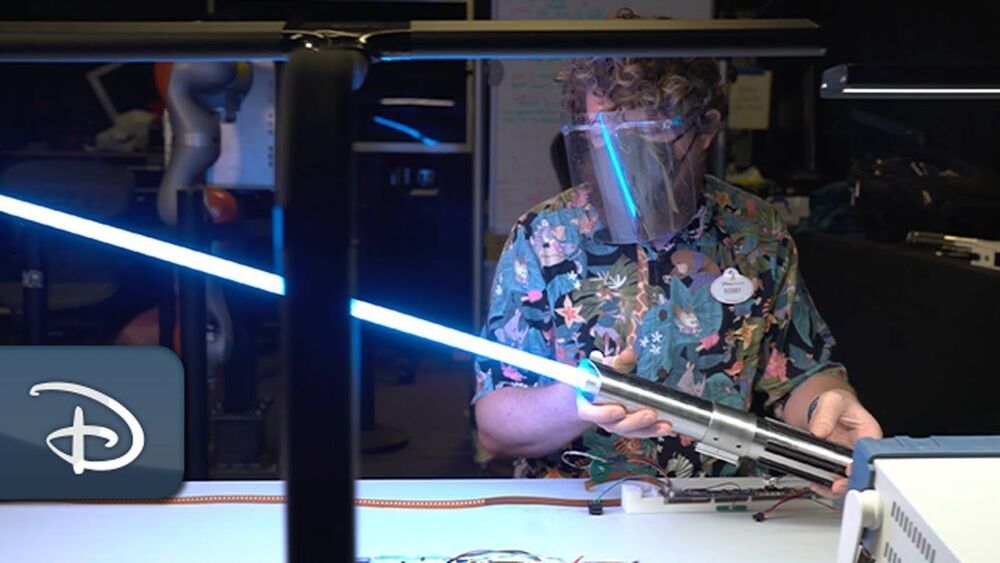

A video about Walt Disney Imagineering has revealed a new shot of the lightsaber.
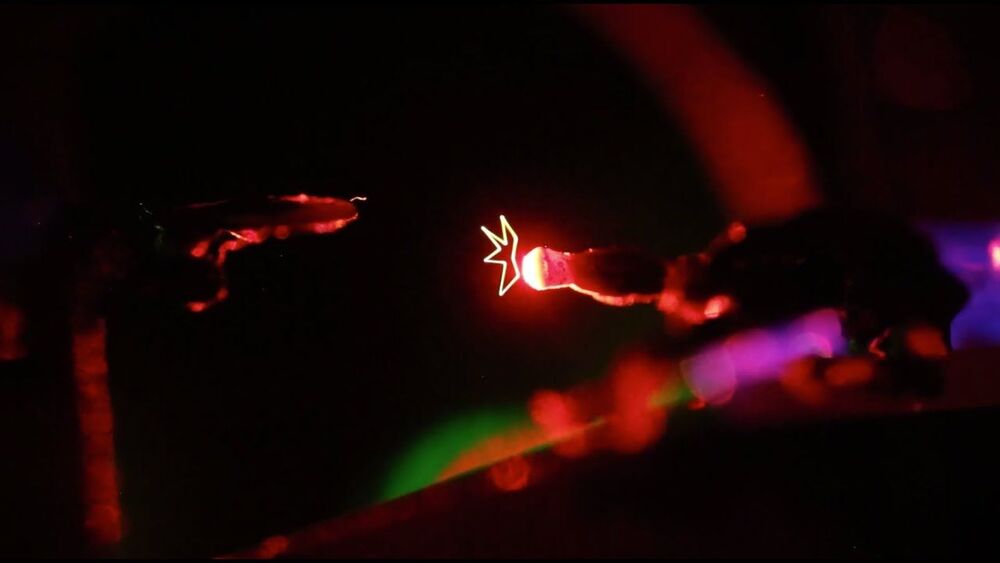
They may be tiny weapons, but Brigham Young University’s holography research group has figured out how to create lightsabers—green for Yoda and red for Darth Vader, naturally—with actual luminous beams rising from them.
Inspired by the displays of science fiction, the researchers have also engineered battles between equally small versions of the Starship Enterprise and a Klingon Battle Cruiser that incorporate photon torpedoes launching and striking the enemy vessel that you can see with the naked eye.
“What you’re seeing in the scenes we create is real; there is nothing computer generated about them,” said lead researcher Dan Smalley, a professor of electrical engineering at BYU. “This is not like the movies, where the lightsabers or the photon torpedoes never really existed in physical space. These are real, and if you look at them from any angle, you will see them existing in that space.”
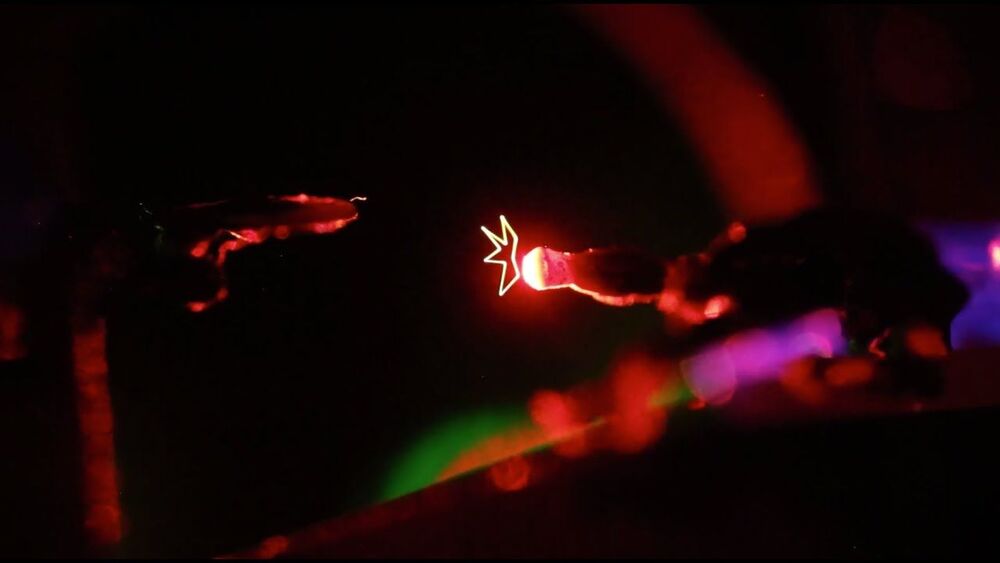
Researchers from Utah have figured out how to use lasers to create sci-fi-style holograms inspired by phasers from ‘Star Trek’ and lightsabers from ‘Star Wars.’
HENDERSON, Nev.—(BUSINESS WIRE)—Artificial Intelligence Technology Solutions, Inc. (OTCPK: AITX), today announced that its wholly-owned subsidiary Robotic Assistance Devices (RAD) has entered into an agreement with EAGL Technology, Inc. to offer EAGL’s Gunshot Detection System (GDS) in all present and foreseeable future RAD devices.
“We have been receiving repeated requests that gunshot detection capabilities be built into RAD devices from industries as varied as transit operators, retail property managers, and law enforcement. Integrating EAGL’s technology into RAD’s autonomous response solutions should be well received by all of the markets we serve” Tweet this
EAGL Technology was established in 2015 after acquiring gunshot ballistic science developed by the Department of Energy (DOE) Pacific Northwest National Laboratory (PNNL). EAGL has advanced this technology by creating a state-of-the-art security system. The EAGL product offering utilizes the company’s patented FireFly® Ballistic Sensor technology which RAD will offer, as an integrated option, on all mobile and stationary security solutions. EAGL clients include Honeywell, Johnson Controls, Siemens and many more.
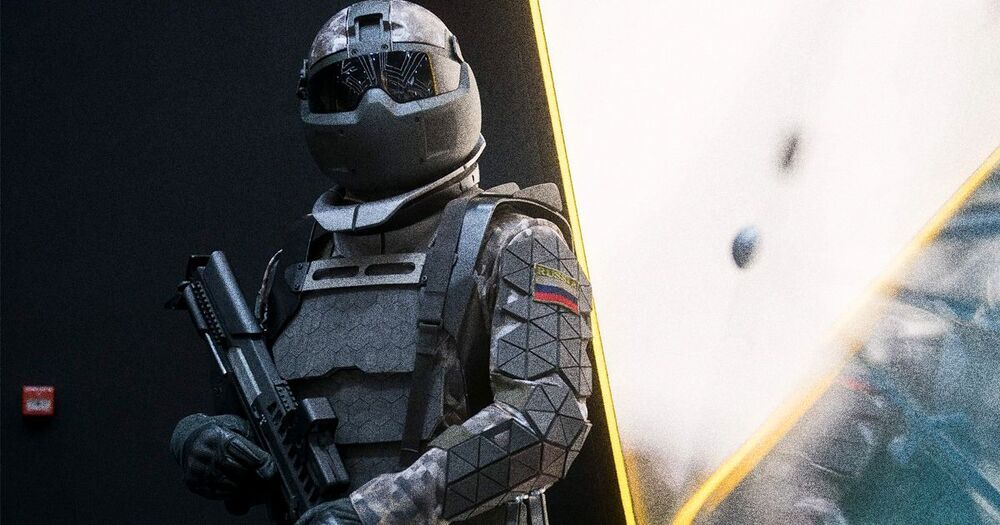
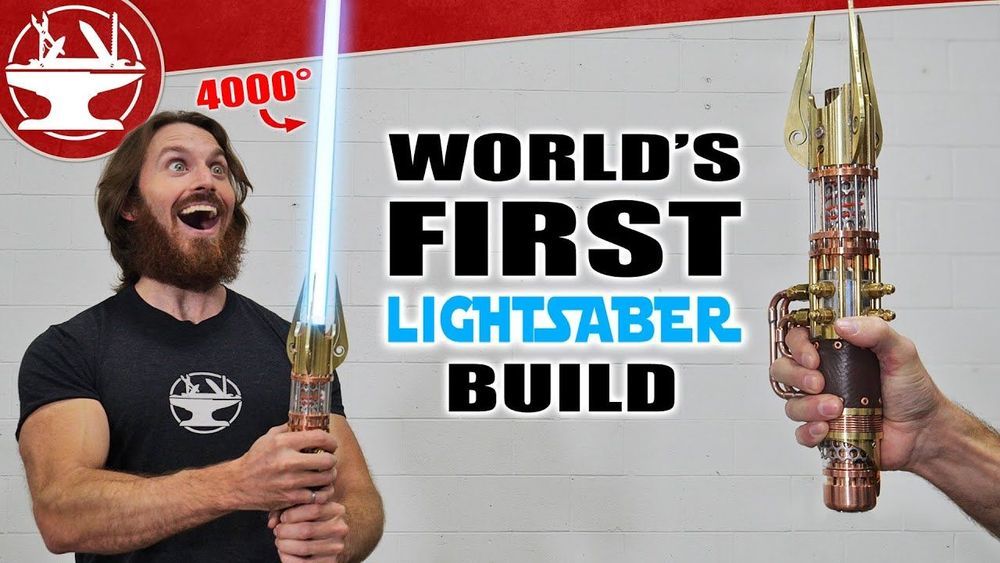
Looks like we have a real lightsaber now.
James Hobson’s lightsaber is not a toy.
The YouTuber and his team at Hacksmith Industries in Kitchener, Ont., have created a hyper-realistic, retractable plasma lightsaber that reaches a scorching heat of 2,200 C.
“That’s above the melting point of most metals,” Hobson told As It Happens host Carol Off. “It’s pretty dangerous.”
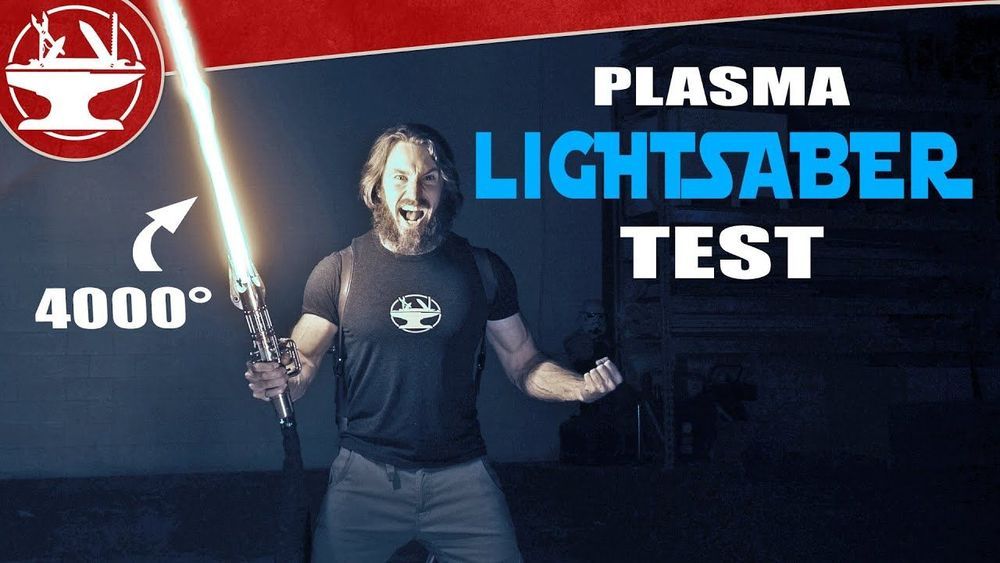
Video of them testing their prototype lightsaber.
Get Honey for FREE and start saving money today ► http://joinhoney.com/hacksmith
Thanks Honey for sponsoring this video!
Enter the Giveaway ► https://forms.gle/R3AMYhJHxXLH3QCaA
Buy a piece of history! We’re selling the piece of metal cut by the Plasma lightsaber ► https://www.ebay.ca/itm/224195626117
Watch the test in 360 POV behind the scenes ► https://www.youtube.com/watch?v=V96s9U6V8bw
Become a Hacksmith member get exclusive perks! ► https://www.youtube.com/channel/UCjgpFI5dU-D1-kh9H1muoxQ/join
►Early video access
►Project design files (solidworks)
►Merch Discounts
►Collaborate with us on our videos
Epic Starwars Music and more by Samuel Kim ► https://www.youtube.com/user/samuelkimmusic
SOCIAL
Website ► http://www.hacksmith.tech
Facebook ► http://www.facebook.com/thehacksmith
Instagram ► http://www.instagram.com/thehacksmith
Twitter ► http://twitter.com/thehacksmith
Patreon ► http://www.patreon.com/thehacksmith
Discord ► https://discordapp.com/invite/thehacksmith
Merch ► https://www.hacksmith.store
SOFTWARE:
Video Review / Collaboration ► http://r.frame.io/pZq3N
Video Editing ► Adobe Premiere
VFX ► https://productioncrate.grsm.io/Hacksmith
CAD ► Solidworks
CAM ► Autodesk HSM http://bit.ly/HSMworks
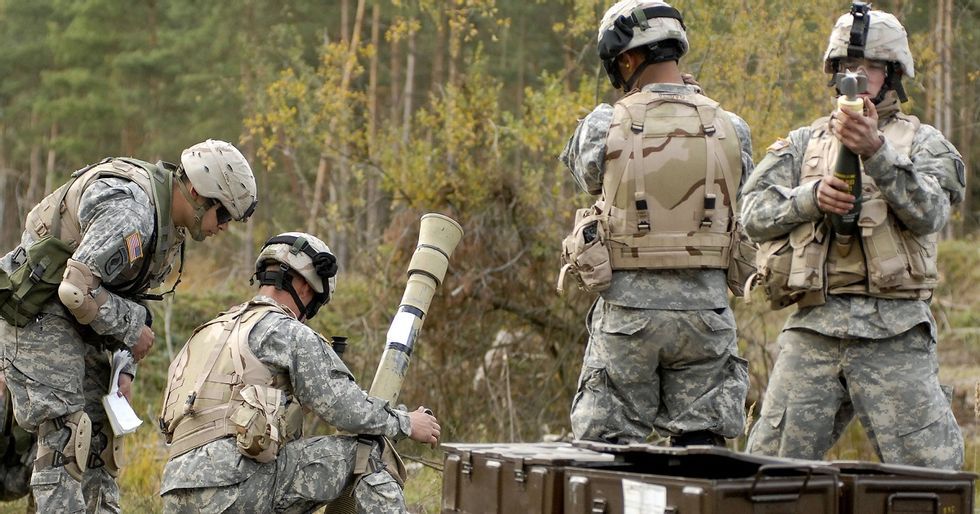
Circa 2018
If you’ve been a grunt, then you probably have a love-hate relationship with body armor. You love having it in a firefight — it can save your life by stopping or slowing bullets and fragments — but you hate how heavy it is — it’s often around 25 pounds for the armor and outer tactical vest (more if you add the plate inserts to stop up to 7.62mm rounds). It’s bulky — and you really can’t move as well in it. In fact, in one firefight, a medic removed his body armor to reach wounded allies, earning a Distinguished Service Cross.
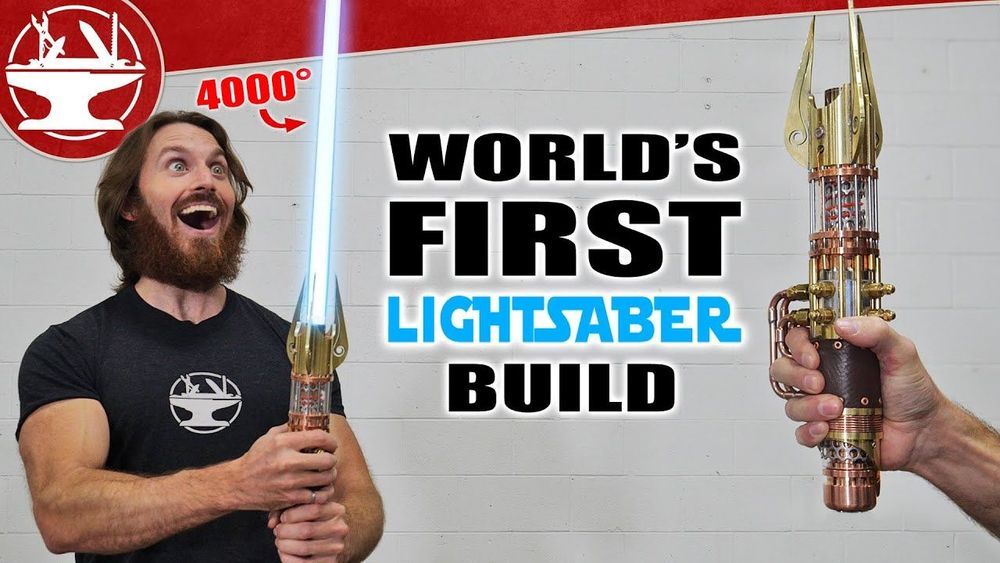
;oooo.
YouTuber and engineer, the Hacksmith, has created the world’s first retractable, “plasma-based” lightsaber, and it burns at 4,000 degrees Fahrenheit.

Circa 2018
Measuring one million times less than the width of a human hair, graphene is harder than diamonds and 200 times stronger than steel. Small, strong, and flexible, it is the most conductive material on earth and has the potential to charge a cell phone in just five seconds or to upload a terabit of data in one. It can be used to filter salt from water, develop bullet-stopping body armor, and create biomicrorobots.
These incredible properties have captured the attention of scientists and industry specialists around the world, all seeking to harness graphene’s potential for applications in electronics, energy, composites and coatings, biomedicine, and other industries.
Derived from graphite, the same graphite used in pencils and many other common use products, graphene is, ironically, one of the most expensive materials on the planet. This is because the process of chemically peeling off, or exfoliating, a single layer of graphene from graphite ore is cost-prohibitive on an industrial scale.